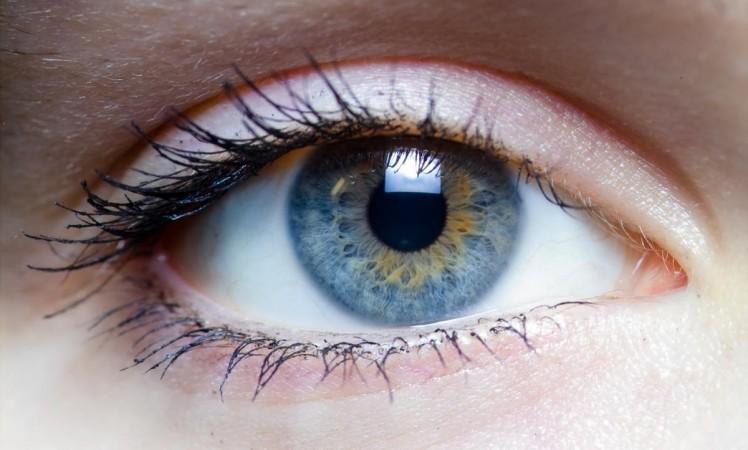If there is something that the SARS-CoV-2 coronavirus has taught us, it is that it has several tricks up its sleeve. Though COVID-19 is believed to be primarily a respiratory disease, increasing proof suggests that the lungs may not be the only choice of target for the pathogen. Now, a comprehensive study has found evidence of the novel coronavirus directly infecting cells in the eye.
According to the study by researchers from Mount Sinai Health System, adult human eye cells exposed to the virus were found to be infected 24 hours after exposure. The research also called attention to the need for instituting guidelines for the protection of the eyes and its treatment as a likely source of entry.
"More importantly, the data generated not only adds to our understanding concerning the biology of SARS-CoV-2, but the results also highlight the importance of washing hands, as rubbing one's eyes should now be viewed as an entry point for infection," said Dr. Benjamin tenOever, co-author of the study.
In the 'Eye' of the COVID-19 Storm

With the progress of the pandemic, it has been learned that the SARS-CoV-2 virus can infect not just the lungs but also other organs such as the intestines. The ocular entry of the pathogen has also been hypothesized about. Animal studies have proven that the eye can serve as the route for respiratory infections. For example, studies conducted in golden hamsters and Rhesus macaques have demonstrated that the virus can cause COVID-19 in animals using eyes as one of the routes.
In human beings, evidence for stating that the eyes are a route of transmission has been mixed. For example, studies have detected the presence of the novel coronavirus in the eye secretions of COVID-19 patients. However, the inference that respiratory droplets from infected individuals entering the body by using eyes as the primary route of transmission have not been drawn. The current study aimed to understand whether the tissues and primary cells in the eye could be directly infected by SARS-CoV-2.
Infection of Eye Cells
For the study, the author collected adult donor eye cells from a cadaver. Then these cells were infected with SARS-CoV-2 and allowed to incubate for 24 hours. Following this, they analyzed the cells using RNA sequencing and their sequences were mapped. These sequences were compared to those of the infected control cells. Also, the distinct expression patterns of markers in the exposed cells were examined. This process was carried out in eye organoid cultures as well.

As anticipated, the scientists detected the presence and expression proteins associated with the infection. This included ACE2 receptor (the enzyme using which that virus gains entry into cells) and TMPRSS2 (an enzyme that facilitates viral entry. Interestingly, IFNβ—a protein that is known to have antiviral and antibacterial properties—was also discovered to be repressed following exposure to the coronavirus.
Vulnerability of Cells
The researchers also observed that ocular surface cells— found on the surface or interface between the functioning eye and the environment—were vulnerable to COVID-19 infection. The most susceptible of these cells were the cells on the limbus(border between the cornea and the white of the eye. Also, the cells in the central cornea were less vulnerable to the virus.
Therefore, the authors emphasized that "the eye should be considered a potential entry site warranting protection". They also added that understanding the exact mechanism of infection through the eyes and the role of TMPRSS4 in it, required further study.
"We hope this new data results in additional measures to protect the eyes. We also intend to use these models to test approaches to prevent ocular infections," averred Dr. Timothy Blenkinsop, lead contact of the study.

















